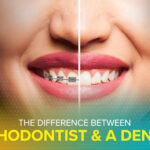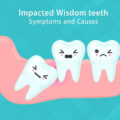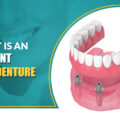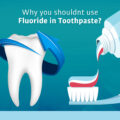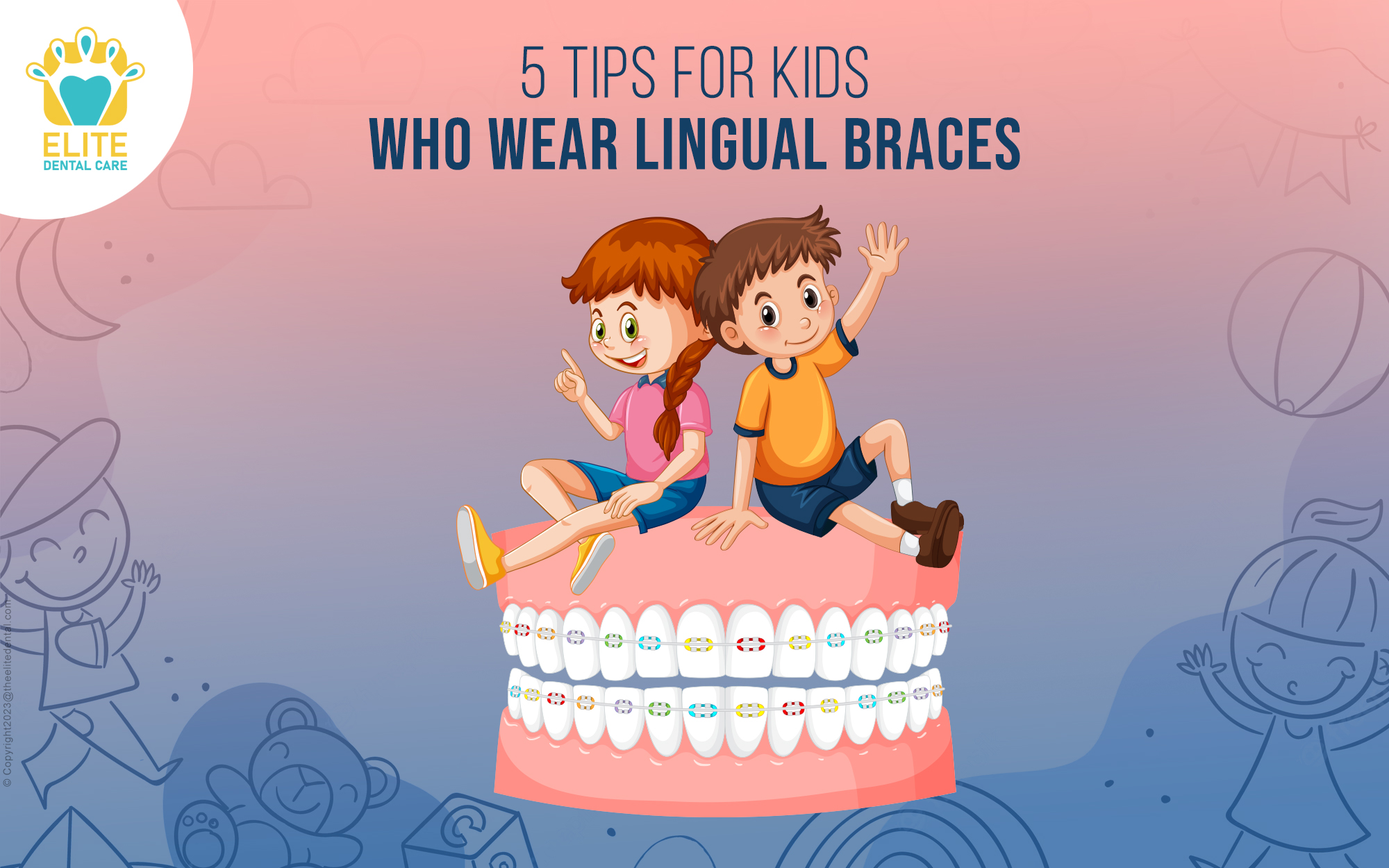
dental carelingual braces
edental
8 June 2023
5 tips for kids who wear lingual braces
Introduction: These lingual braces are something that is worn on the inner side (back side) of the teeth and are meant to straighten the teeth. They are invisible from the outside and are a bit of a challenge to wear especially in children. In this article, we will shed some light on the tips for children who wear lingual braces. And these tips can help the children to cope with the discomfort of the braces and also get the best results from their treatment. Lingual braces, also known as incognito braces, are a type of orthodontic treatment that involves attaching brackets and wires to the back surface of the teeth. Unlike traditional braces that are bonded to the front surface of the teeth, lingual braces are custom-made to fit the contours of the back of your teeth, providing a more discreet option for orthodontic correction.
Brush: Almost all kinds of modern lingual braces are designed for proper, clean, and painless brushing. Children are advised to brush just in the normal way they do when they do not have braces. They are advised to brush twice a day for the best results. They should reach out to those areas especially where the brush failed to reach. Children should also brush those areas between the gums and the braces, where there is a likelihood of food particles getting stuck. This may cause gum problems or even tooth stains if neglected. The cost of lingual braces can vary depending on several factors, including the complexity of your orthodontic case, the geographic location of the orthodontic practice, and the experience and expertise of the orthodontist. On average, you can expect the cost of lingual braces to range from $8,000 to $13,000 or more.
Avoid these foods: The teeth become sensitive especially from three to ten days after placing the braces. During this period they should only consume foods like macaroni, eggs, spaghetti, soups, and yogurt. They should stay away and avoid foods that are hard to bite and sticky for the entire duration of the treatment. And not to mention sugary foods cause cavities so avoid them. And also they must remember to avoid chewy foods like pizza and they should also not bite pens and pencils. Before Lingual Braces: Misaligned or crooked teeth, Overcrowding or spacing issues, Bite problems such as overbite, underbite, or crossbite, Aesthetic concerns related to the appearance of your smile. After lingual braces: Straighter teeth, Corrected bite, Improved oral health, and Enhanced self-confidence.
Never repair on your own: Do not attempt to repair any broken or damaged pieces of your aligners or apparatus of your braces or if your wires get cut, on your own. Take them to the dentist and he will set it right for you. If you attempt to repair them you may end up doing more harm than good. Here’s a comparison of lingual braces and Invisalign: Visibility: Lingual braces are placed on the backside of the teeth, making them virtually invisible from the front when you smile. In contrast, Invisalign uses clear, removable aligners that are placed over the teeth, making them less noticeable than traditional braces but still visible up close. Treatment approach: Lingual braces are fixed appliances that are bonded to the back of the teeth and remain in place throughout the treatment process. On the other hand, Invisalign uses a series of removable aligners that are changed every 1-2 weeks to gradually move the teeth into the desired position. Comfort and Speech: Lingual braces may take some time to adjust to, as they are positioned on the tongue side of the teeth. Initially, they may cause temporary discomfort and affect speech. Invisalign aligners, being smooth and removable, generally have a minimal impact on speech and cause less discomfort.
Get braces wax: There might be some mild irritation and discomfort during the initial period of wearing the braces. Try to bear it or if it gets too unbearable then apply some wax orthodontic wax to ease the discomfort and pain. This wax works by forming a protective layer on the surface between your braces and the inside of your mouth and helps by preventing the braces from constantly rubbing on your mouth and thus easing the pain. And this medical orthodontic wax is available free of cost at your dentist. So avail it.
Use a container: Always remember to store your teeth aligners in a container when not in use and remember it so that you can know where it is. And wear the braces most of the time and remove them only when cleaning or eating. Replace it in its container when not in use.
Conclusion: It is to be remembered that wearing braces can be a little inconvenient and challenging for kids especially. But the result will be a charming smile and look. So wear them and get your teeth rectified. It is never too late. The five tips for wearing braces are to brush well, avoid hard and sticky foods, never repair braces on your own, get a wax coating if required, and store your braces in their container when not in use. In this way, you can adhere to oral and dental hygiene.
